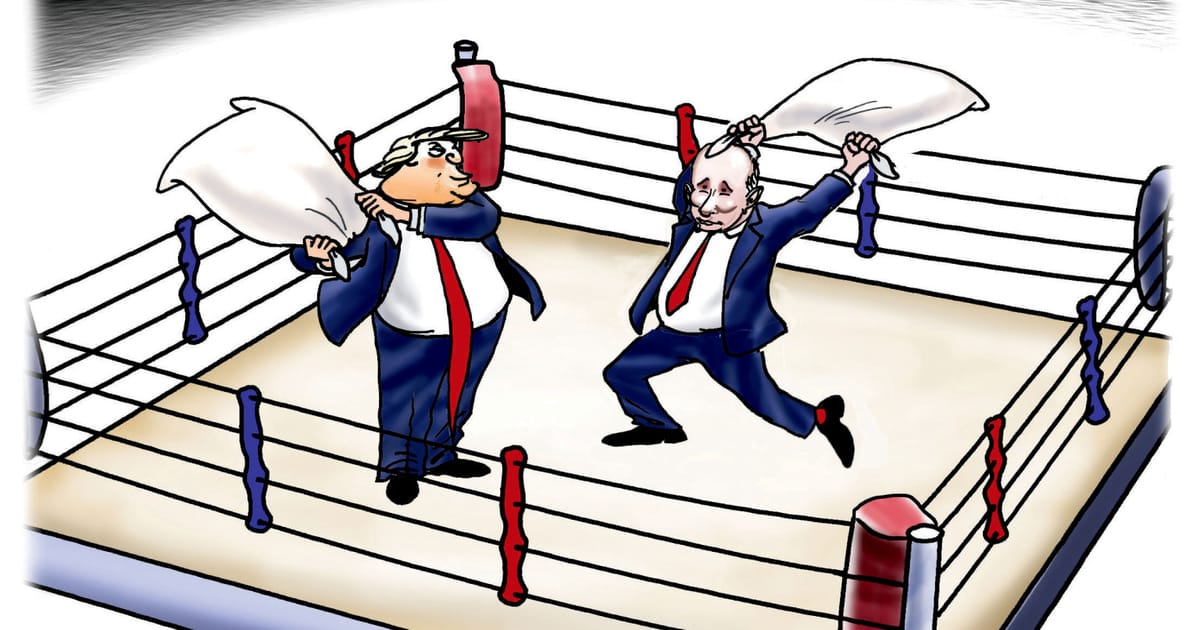

In a world that is constantly evolving, both visually and intellectually, the reflection of global events through artistic and opinionated media offers a fascinating lens into contemporary thought. This week, the intersection of creativity, analysis, and opinion is embodied not only through the art of cartoons but also through the critical discourse of media commentary.
Globally recognized for their ability to distill complex themes into simple yet profound illustrations, political cartoons offer a unique narrative that captures the zeitgeist of the current global stage. This week, cartoonists have been weaving vibrant narratives from the threads of world events, encapsulating the ebbs and flows of international discourse in images that speak volumes. Their works serve as a visual anthology, capturing the essence of political, social, and economic conversations worldwide.
Cartoonists possess an uncanny ability to convey deep, sometimes unsettling truths with a blend of humor and insight. They challenge viewers to look beyond the surface, inviting reflection on the broader implications of daily headlines. These images become a universal language, transcending barriers of culture and language, allowing audiences worldwide to engage with their poignant messages.
The role of media in shaping public opinion remains a cornerstone of modern society. In parallel with the whimsical yet incisive world of cartoons, there lies a more direct form of commentary expressed through analytical media pieces. The synergy between such varied forms of media unveils a multi-layered approach to understanding contemporary issues.
In recent discussions, questions have been raised about the media’s responsibility in distinguishing between genuine analysis and overt propaganda. This inquiry invites a deeper examination into the integrity of opinion columns and the potential influence they wield. The media’s role is critically examined, probing why certain narratives dominate and how they are presented. This has led to a broader conversation on information authenticity and the integrity of public discourse.
Despite the challenges of discerning fact from opinion, the media continues its mission to inform and engage. By inviting public reflection on its processes, the media not only adapts but grows stronger, reinforcing its role in a democratic society where diverse voices can coexist. As audiences engage more critically with content, there emerges a collaborative dialogue—from journalists to readers—on the evolution of how stories are told and interpreted.
These reflections prompt us to consider the myriad ways media channels influence our understanding of the world. Whether through a striking cartoon or the thoughtful prose of an editorial, each medium contributes uniquely to our perception of current events. As part of an informed public, embracing this diversity in media presentation allows for a more nuanced comprehension of global dynamics.
By approaching the media landscape with mindfulness and an open mind, audiences can navigate the complexities of modern information flow with greater ease. In doing so, a sense of agency over how we interpret media is fostered, empowering readers and viewers alike to seek out a fuller, more balanced picture of the events that shape our world.
As we reflect on these diverse avenues of media expression, it becomes clear that each plays a pivotal role in the grand tapestry of information dissemination. The coexistence of art and analysis within media outlets enriches our collective understanding, reminding us that within the ever-evolving stream of news and commentary, there lies an opportunity not only to be informed but also to be inspired, challenged, and connected.
Source: {link}
